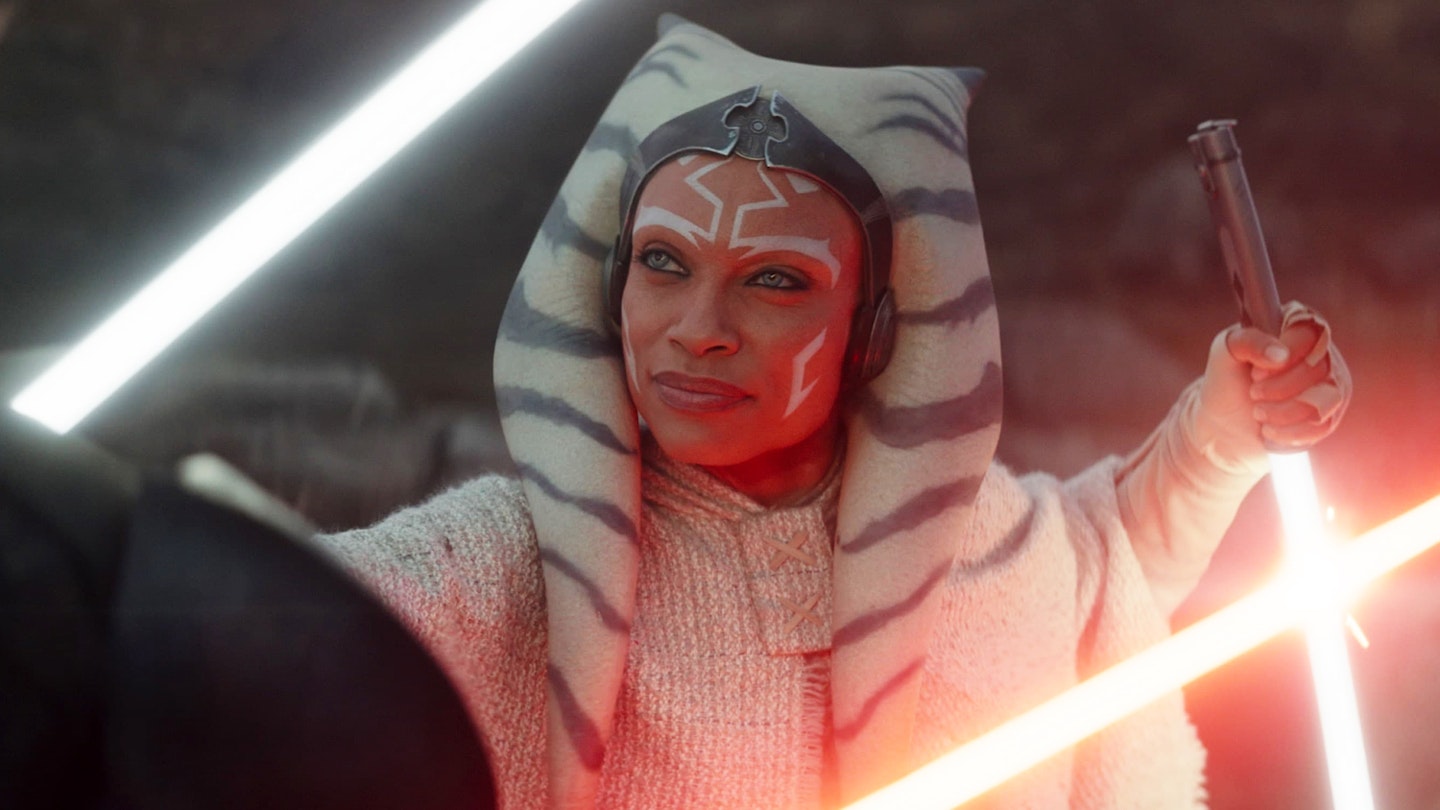Over the course of Ahsoka, the latest Star Wars series on Disney+, audiences were eventually introduced to a whole new galaxy far, far away – a separate star-system removed entirely from the one in which the events of the Skywalker Saga, The Mandalorian, Andor and more played out. That all-new galaxy – or, at least the planet of Peridea – was revealed midway into the season as the place where the long-missing Grand Admiral Thrawn and Ezra Bridger have spent the best part of a decade in isolation.
But for many viewers, Ahsoka proved a trip to a different galaxy in another sense entirely. Here was a live-action show tied deeply into the lore and events of Star Wars animated series The Clone Wars and Rebels – a corner of the galaxy so vast and distinctive that it feels like its own world entirely. In fact, to call it a ‘corner’ feels too small – really it’s many corners, a whole entire room even. From the beginning of Ahsoka Tano’s headline series, that was the big question: would Star Wars fans less versed in the animated adventures (totalling over 200 episodes across Clone Wars and Rebels alone) find themselves engaged in a story that has such strong ties to the galaxy’s lesser-known stories?
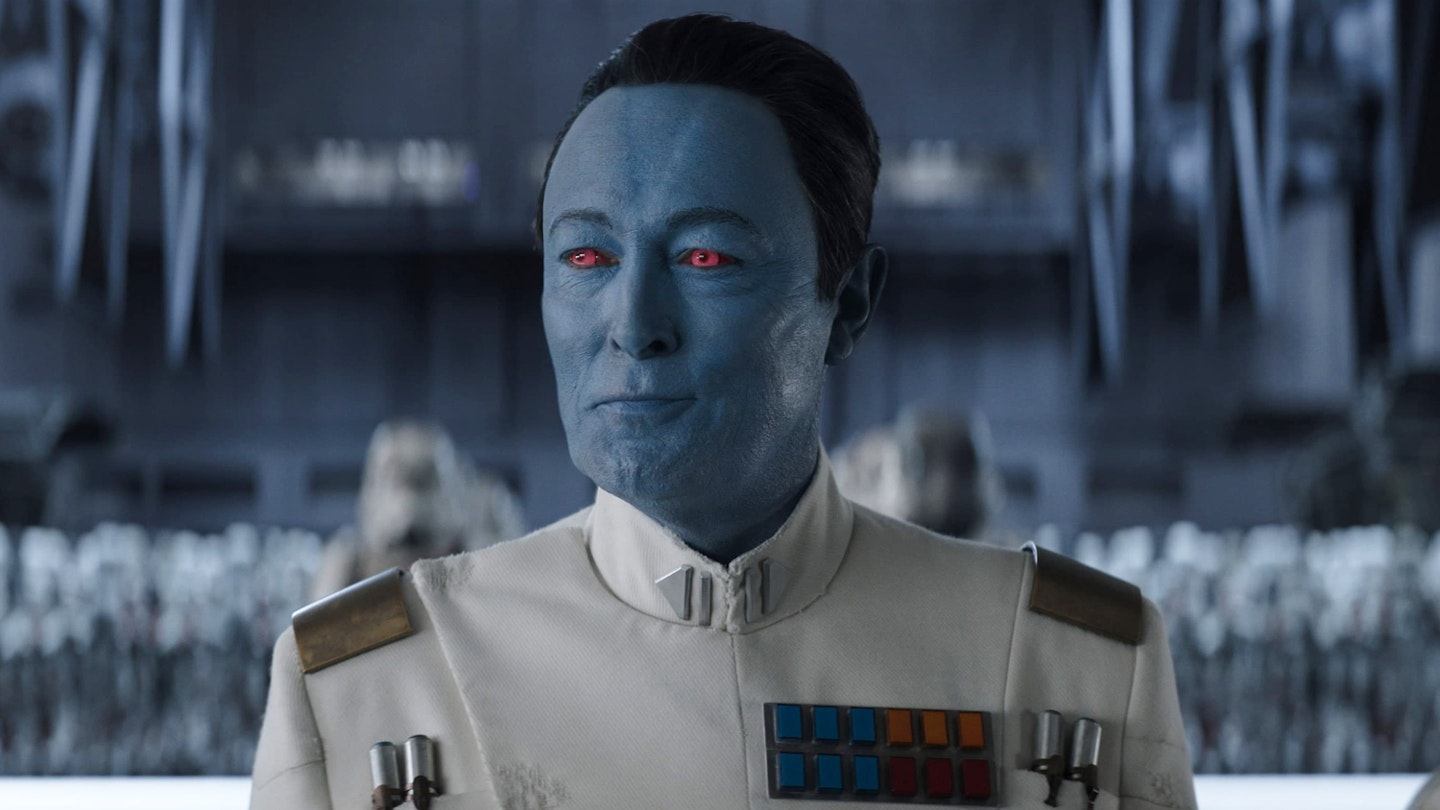
Perhaps fittingly for a show that so strongly dealt in middle-grounds and shades of grey – when is a Jedi not a Jedi? What if saving our friends means liberating our enemies too? How do we relinquish the past to forge our futures? – the answer, come the Ahsoka finale, is neither a clean yes or no. If it’s clear that fans of the cartoons (and the animated series are gloriously, unabashedly capital-c Cartoons) got everything they wished for – Hayden Christensen as Clone Wars Anakin! A trip to the World Between Worlds! A nod to the Mortis gods! – it remains unclear whether the uninitiated were along for the ride in quite the same way.
The baggage feels significant, no matter how lightly a show might hope to carry it all.
It was always going to be a tricky ask. The biggest Star Wars hits of the last decade – The Force Awakens, and the early seasons of The Mandalorian – have been those with absolutely no barrier to entry; propulsive, clean-slate adventures that welcomed newcomers and existing fans alike. Ahsoka was never going to be that kind of show. While Rosario Dawson’s live-action incarnation of the character was introduced via The Mandalorian Season 2 and The Book Of Boba Fett, the character’s complicated Jedi legacy is tied directly to her central role in The Clone Wars as Anakin Skywalker’s (never-mentioned-in-the-movies) Padawan. Factor in that Ahsoka’s plot directly follows on from the finale of Star Wars Rebels (the search for that show’s young Jedi hero Ezra Bridger, and the whispered return of big, bad, blue-skinned Grand Admiral Thrawn), and the baggage feels significant, no matter how lightly a show might hope to carry it all.
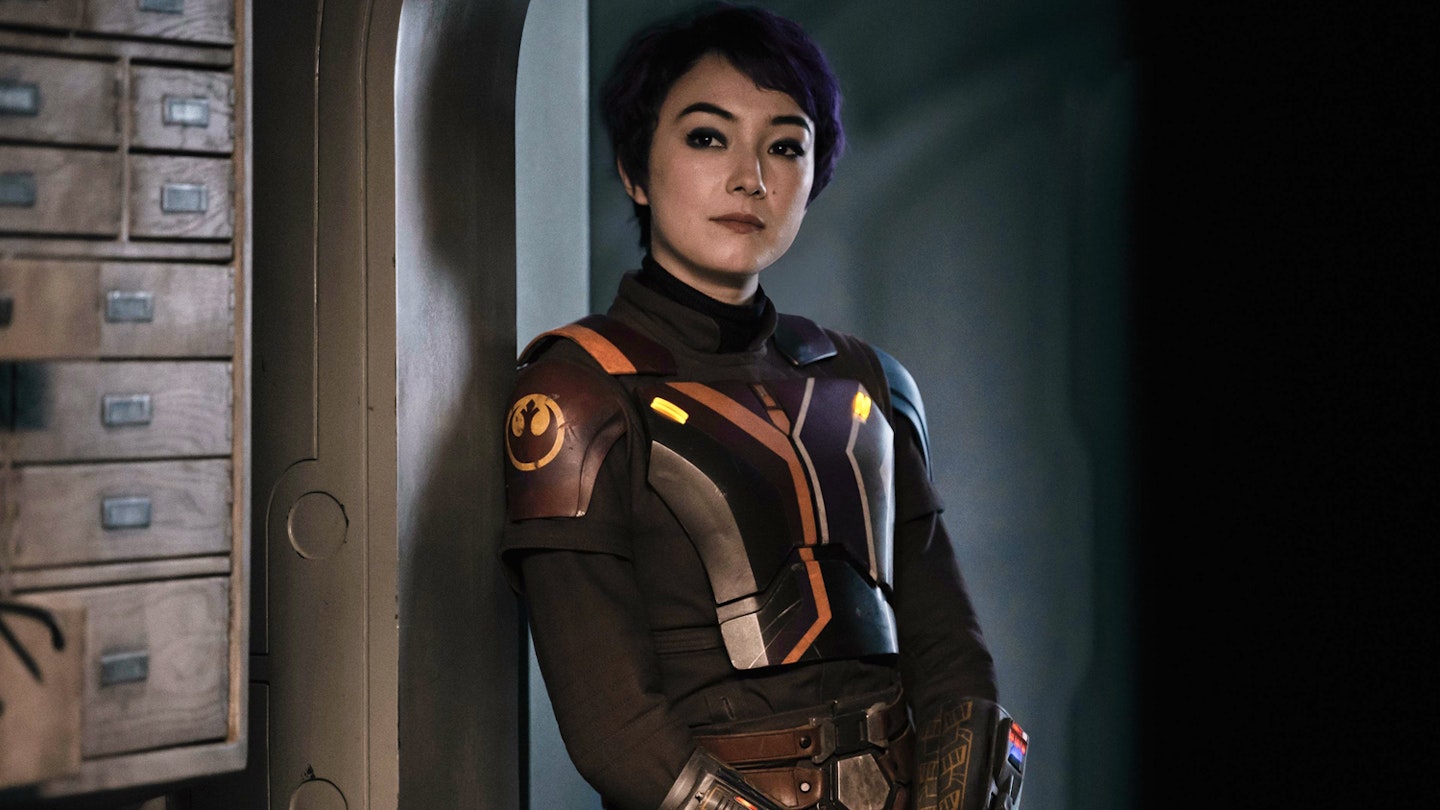
As an introduction to Ahsoka herself, Ahsoka didn’t necessarily soar. For much of the series, she was characterised in an oddly downbeat way – an intentional choice, reflective of the dark and lonely place she’s found herself in. Over the course of the show that changed, especially after a vision-quest-of-sorts in the World Between Worlds, revisiting the Anakin-Ahsoka relationship with live-action glimpses of The Clone Wars, notably helmed by Dave Filoni himself. Come the series’ end, Dawson embodied Ahsoka with the kind of light and life that made her such a beloved hero for a generation raised on her animated adventures. But for anyone less familiar with the character, it wasn’t necessarily a rip-roaring introduction to someone you suddenly wished you’d known about this whole time.
The same, sadly, goes for Thrawn too. As much of a thrill it was to see Lars Mikkelsen bring the same whispering intensity to the hissable Chiss as he did when voicing the character in Rebels, it’s hard to deny: Thrawn didn’t actually, well, do much by the season’s end. Those who know the character from Timothy Zahn’s books – the ‘90s Heir To The Empire trilogy, no longer considered canon; the recent Zahn-penned Thrawn and Thrawn: Ascendancy trilogies, which exist in official continuity – or Rebels’ later seasons know that he’s not to be trifled with. But despite glimpses of his nefarious levels of militaristic organisation (he’s a living embodiment of the IKEA dream), we never saw him actually strike a blow at our heroes, nor do anything particularly dastardly here. The potential is evident – but it wouldn’t have hurt to bring his words into deeds more swiftly.
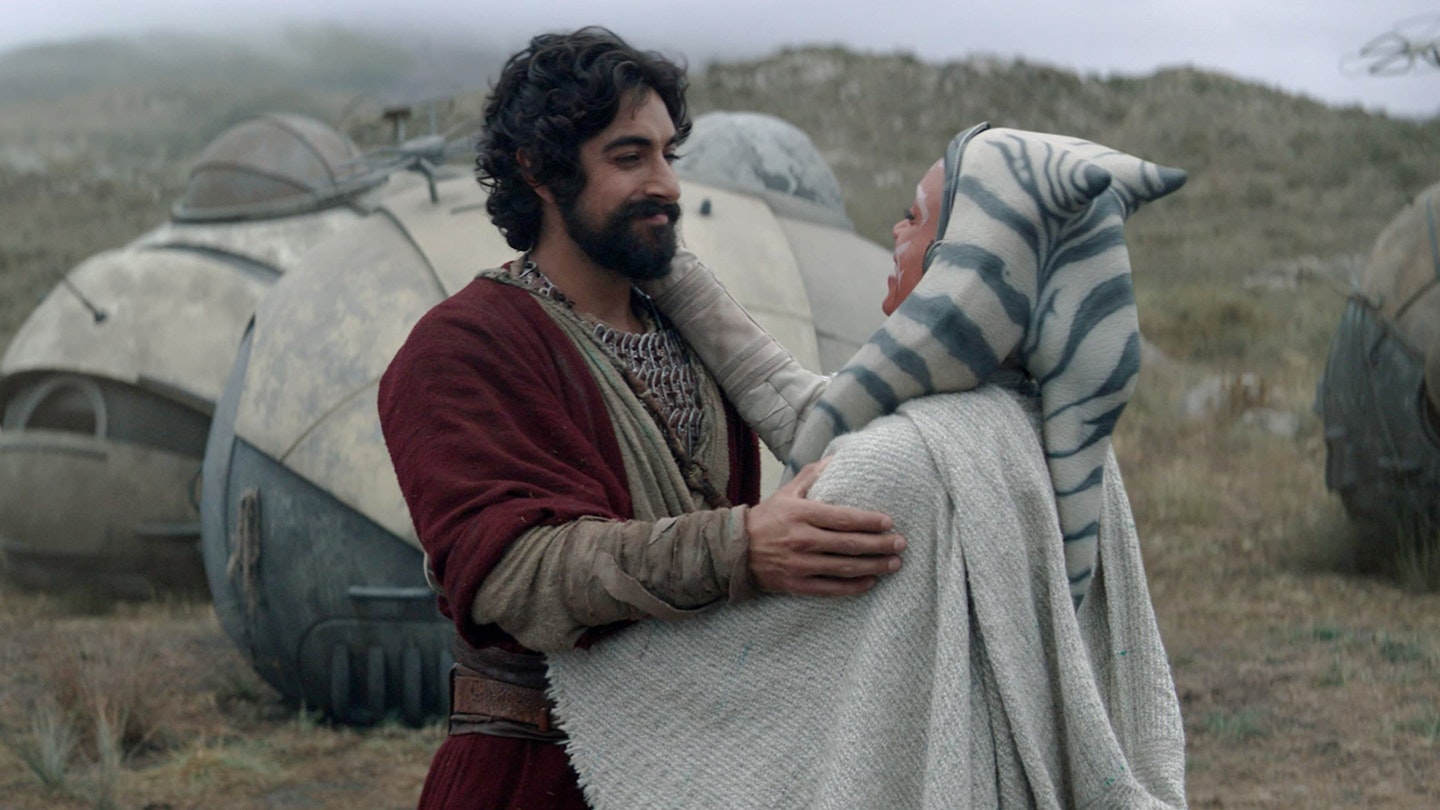
Still, other elements of Rebels and Clone Wars canon popped more immediately. Natasha Liu Bordizzo’s Sabine Wren proved attention-grabbing from the off, a direct translation of her animated form, elevated by the new-to-everyone revelation that Ahsoka had tried (and failed) to take her on as a Jedi Padawan since Rebels’ finale. An instant favourite, too, came in Eman Esfandi’s late arrival as Ezra Bridger, that character’s loose charisma, adventurous qualities and animated (pun intended) facial expressions thrillingly brought to life. Plus, seeing Hayden Christensen embody the peak Clone Wars era of Anakin Skywalker in live-action at last (hischaracterisation in that show is cocky and fun, less tethered to the angst that consumed him in Episode II and III) proved a perfect bridge between multiple mediums of Star Wars.
Ahsoka drew as much from Tolkien, Narnia, and Macbeth as the usual Flash Gordon and Kurosawa.
The show’s other great highlight was Baylan Skoll, played by the late, great Ray Stevenson – a fascinating new addition to the sprawling spread of Star Wars players; an antagonist caught somewhere between Jedi and Sith, with a mysterious agenda all his own. But that the show played its cards so close to its chest on his plan – to the extent that it left his story entirely hanging come the end of the season – only makes it sting more that we won’t see Stevenson reprise the role he played so enthrallingly in the future.
Where Ahsoka best succeeded in translating the animated series to live-action, though, was its commitment to exploring the dark fantasy realm of Star Wars. Magic and mysticism has always been part of this galaxy, right there from the way The Force is discussed in A New Hope – but The Clone Wars and Rebels lean much further into swords-and-sorcery genre elements. Where Mando leans pulpy Western and Andor is gritty and political, a show like Ahsoka is primed to operate in a more fantastical place. And on that front, it completely delivered – offering up Dathomir witches, hyperspace-travelling space-whales, Nightsister necromancy, and metaphysical places like the World Between Worlds, and drawing as much from Tolkien, Narnia, and Macbeth as the usual Flash Gordon and Kurosawa. These elements might have been Star Wars canon for years (even in live-action – The Rise Of Skywalker skews towards fantasy), but an additional legitimacy is lent by featuring them in a major, mainstream Star Wars show – a further example of the way Dave Filoni embraces every strand of this galaxy, weaving it all together through story.
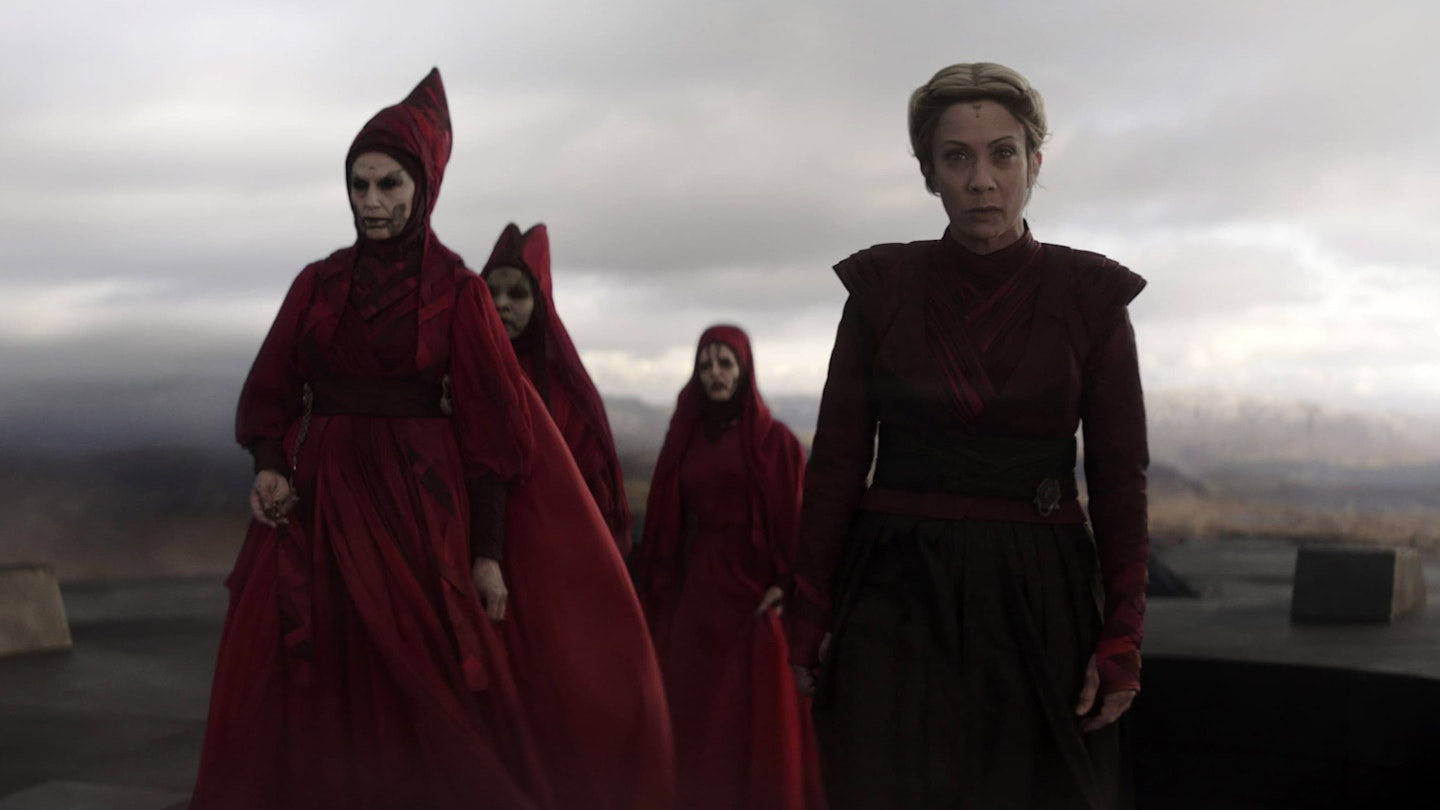
Maybe that was the true aim of Ahsoka all along. While it required a higher level of commitment from casual fans – plunging into weirder, wilder territory than The Mandalorian – it ultimately unlocked a door that opens both ways. From a certain point of view, you might say, it’s not that the animated series are a barrier to Ahsoka; rather, Ahsoka becomes a whole new entry point for Star Wars fans to dip a tentative toe into The Clone Wars and Rebels for the first time. Now, anyone experiencing the early adventures of ‘Snips’, or the exploits of the Ghost crew, can do so with the investment they’ve built up through Ahsoka. It all points to the Star Wars canon becoming increasingly like the World Between Worlds – less a linear continuity, more a place where it’s all happening simultaneously, further knowledge a mere Disney+ click away.
It's undeniable, though, that Ahsoka spoke more directly to hardcore Star Wars fans than to those whose visit the galaxy far, far away less frequently. Some of that is inherent in the story being told, and the continuing characters; some of it might have been helped by a narrative with a clearer drive and a more immediate pep in its step. Either way, it adds another moreish flavour to the Star Wars banquet – beautifully-crafted, imaginative, with great action flourishes, and bold decisions that add to what came before. Just, if the fruits of Filoni’s best-laid plans are to soar on the big screen by the time his upcoming movie comes around, it’s always worth remembering: you have to invite as many people to the table as possible. Blue milk, anyone?
Ahsoka is streaming now in full on Disney+
